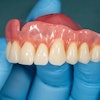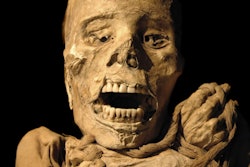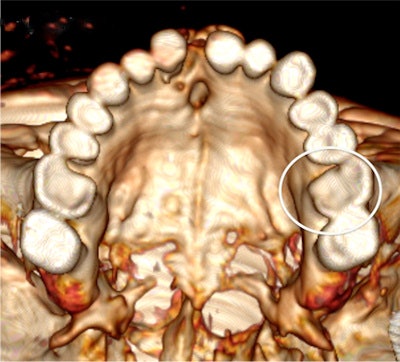
A team of international researchers has found evidence of periodontitis, tooth decay, and accident-related dental damage in a mummy from 3,300 B.C. known as Ötzi.
Their findings provide clues about the dietary patterns of the Neolithic iceman and on the evolution of medically significant oral pathologies (European Journal of Oral Sciences, April 9, 2013).
The Neolithic mummy Ötzi, which was discovered 20 years ago, displays an astoundingly large number of oral diseases and dentition problems that are still widespread today, the researchers noted. He suffered from heavy dental abrasions, had several carious lesions -- some severe -- and had mechanical trauma to one of his front teeth, likely due to an accident, according to lead author Frank Rühli, MD, PhD, from the Centre for Evolutionary Medicine at the University of Zurich.
Co-author Roger Seiler, DMD, examined Ötzi's teeth using computed tomography and concluded that the loss of the periodontium has always been a very common disease, as the discovery of Stone Age skulls and the examination of Egyptian mummies has previously shown.
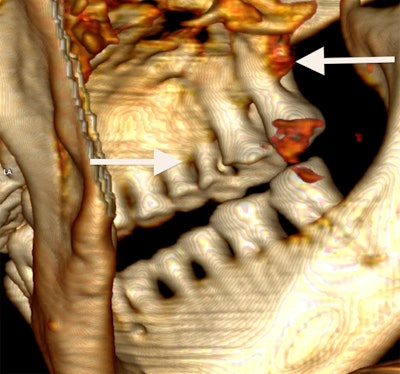
Ötzi allows for particularly good insight into such an early stage of this disease, explained Dr. Seiler. The 3D reconstructions give an insight into the oral cavity of the iceman and show how severely he was suffering from advanced periodontitis. Particularly in the area of the rear molars, Dr. Seiler found loss of the periodontal supporting tissue that almost extended to the tip of the root.
While Ötzi is not likely to have cleaned his teeth, his abrasive diet contributed to a process of self-cleaning, the researchers noted. He also displays vascular calcification, which is primarily attributed to his genetic makeup, they added.
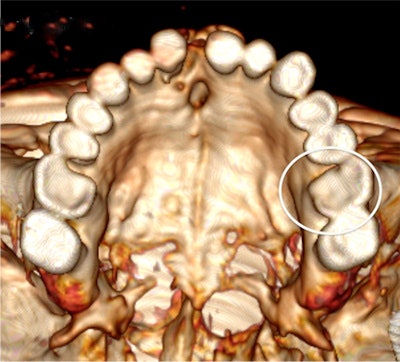
The fact that the iceman suffered from tooth decay is attributable to his eating more starchy foods, such as bread and porridge, which were consumed more commonly in the Neolithic period because of the rise of agriculture.



